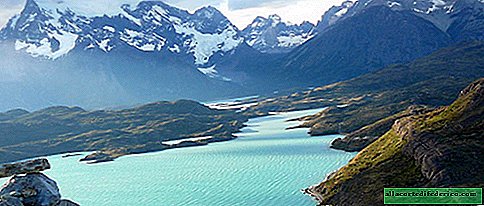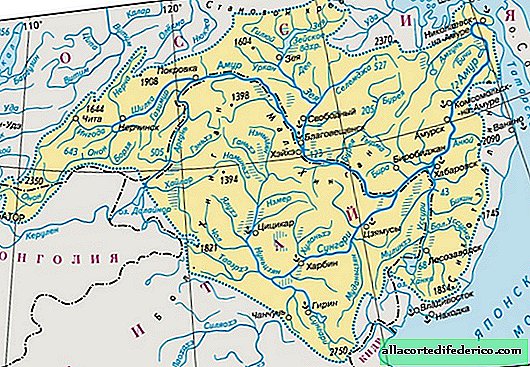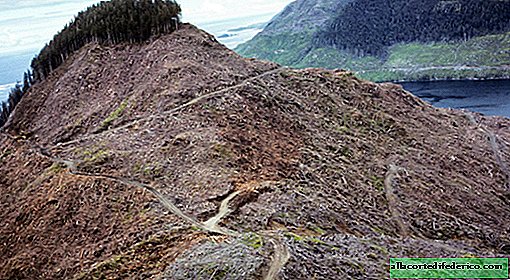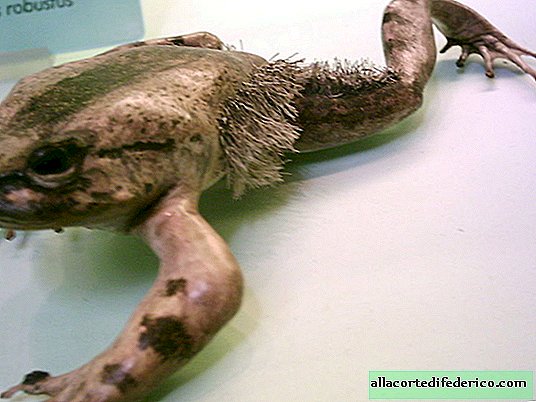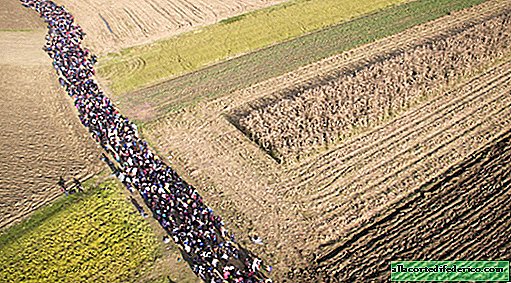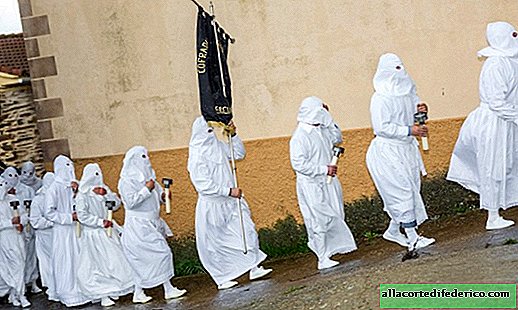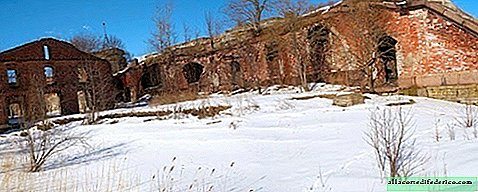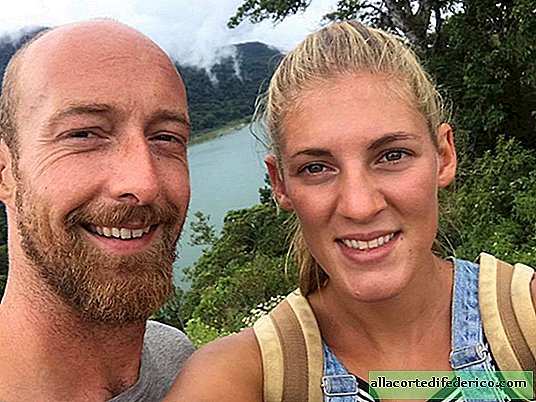How "foreigners" from different tribes helped the development of European civilization
At the end of the Stone Age and in the early Bronze Age on the territory of modern Lechtal, south of Augsburg in Germany, families were created in an unusual way. Most of the women in those settlements probably came from places where Bohemia or Central Germany are now located, while men were usually “local”, that is, remained in the region of their birth. According to scientists, this situation persisted for 800 years during the transition from the Neolithic to the Early Bronze Age.
"Possible relocation"
The study was conducted by employees of one of the universities. In addition to archaeological site surveys, a team of scientists investigated stable isotopes and ancient DNA analyzes. As it turned out, individual mobility (that is, the situation when a separate person came to another territory rather than a whole migratory tribe) was an important feature that characterizes the life of people in Central Europe in the third and early second millenniums.

Researchers suspect that this approach played a significant role in the exchange of cultural objects and ideas, the number of which increased significantly in the Bronze Age, in turn, contributing to the development of new technologies. It used to be that such an exchange of information took place by entire tribes that migrated in search of more attractive living conditions. However, it is now becoming clear that people at that time were rather settled, but often created families with representatives of other tribes (how they met among themselves is also an interesting question, because there were no dating sites then).
Own among strangers
For this study, the remains of 84 people were studied based on genetic and isotopic analyzes in combination with archaeological estimates. The test remains were buried between 2500 and 1650 BC. in cemeteries belonging to individual estates, and belong to groups of one to several dozen burials made over several generations. Settlements were located along a fertile ridge in the middle of the valley. Now there are no big villages.

Genetic analyzes showed that many representatives of various clans who came here from other places lived in the tribes. At the same time, the burials of women did not differ from the burials of the indigenous population, which suggests that the former "foreigners" were mistaken for their own, and they were integrated into the local community.


